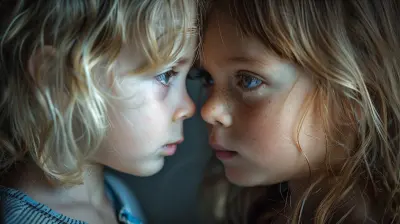Toddler Play: Activities That Boost Cognitive and Social Skills
20 June 2025
Parenting a toddler is a rollercoaster, right? Between giggles, tantrums, and everything in between, you’re constantly wondering how to nurture their growing minds and relationships. Well, the good news is, playtime isn’t just for fun—it’s a powerhouse for development. Through play, toddlers improve their cognitive abilities (think problem-solving and creativity) and sharpen their social skills (like sharing and empathy).
So, how do you make playtime meaningful? I’ve got you covered with a handful of playful activities that are so fun your little one won’t even realize they’re learning. Let’s jump in! 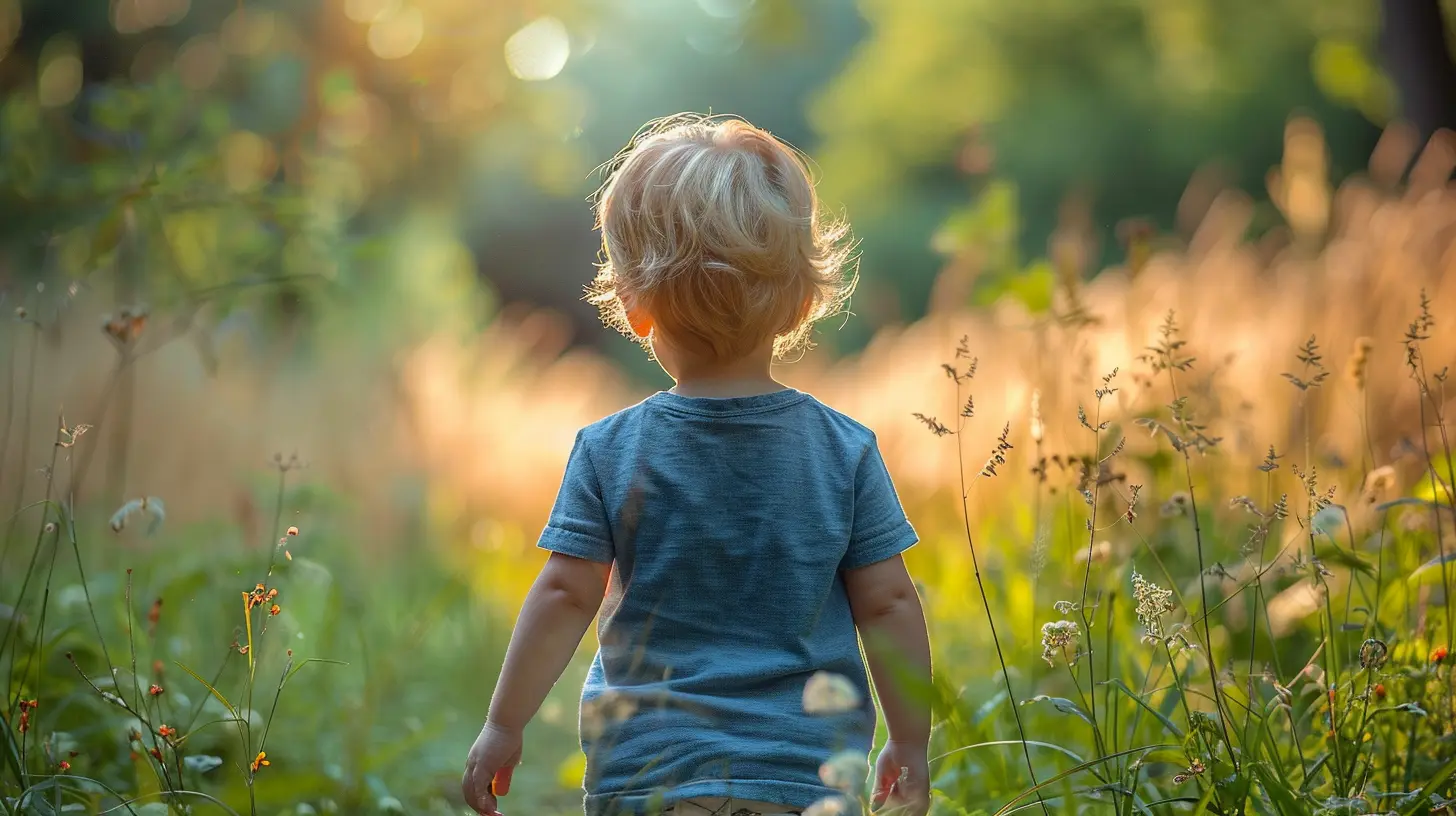
Why Play Matters for Toddlers
Before we dive into specific activities, let’s talk about why play is such a big deal. For toddlers (typically ages 1–3), the world is their playground. Everything is new, fascinating, and waiting to be explored. Play is how they make sense of it all.- Cognitive Skill Development: Playing encourages problem-solving, logical reasoning, and curiosity. It’s how they start understanding concepts like shapes, colors, and cause and effect—essential building blocks for later learning.
- Social Skill Development: Through interactive play, toddlers learn to share, take turns, communicate, and understand emotions. These are the foundations of healthy relationships.
Basically, play is your child’s first “classroom,” and you’re their favorite teacher. No pressure, though—I promise this can be fun for both of you! 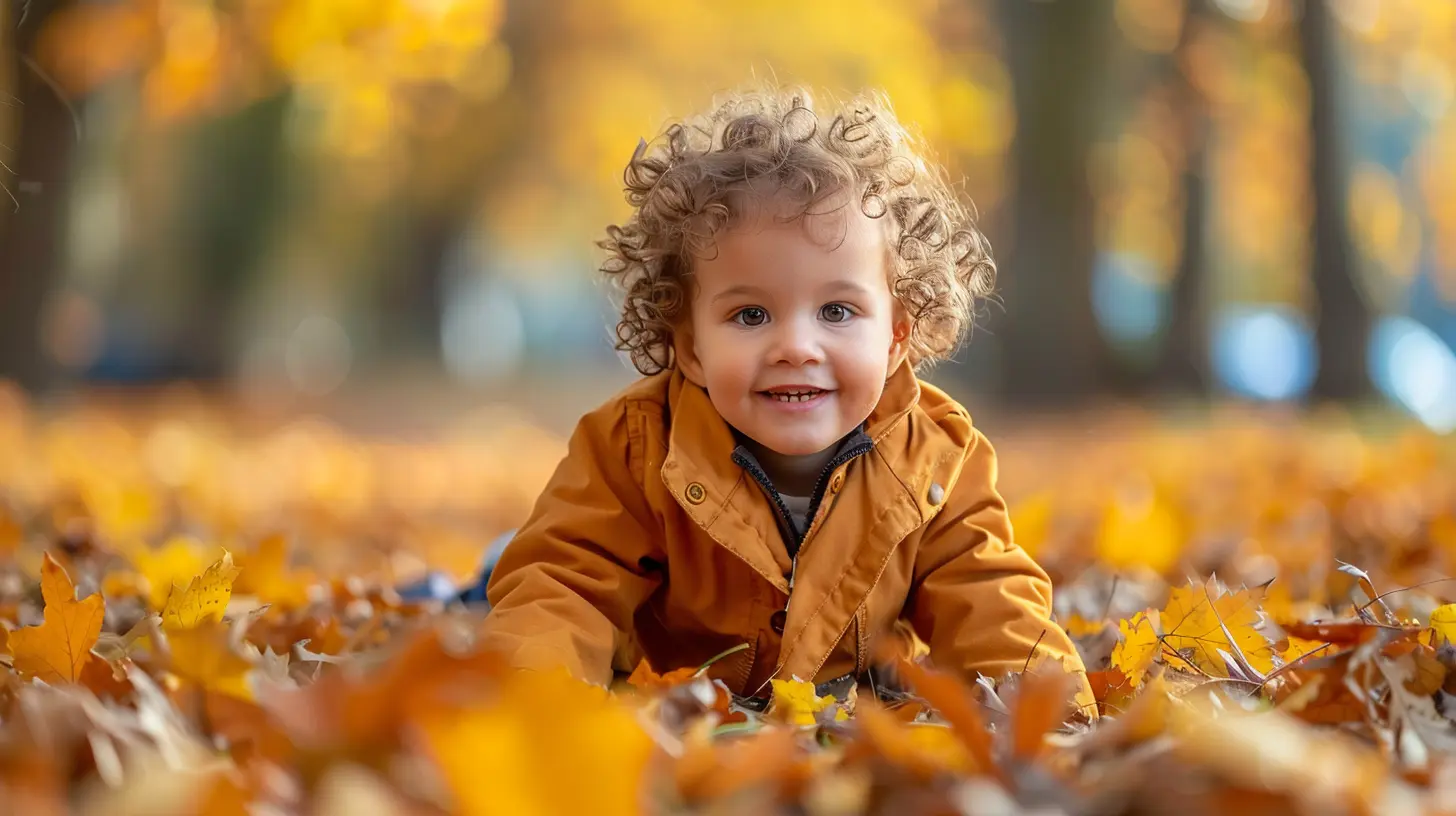
Activities That Boost Cognitive Skills
1. Stacking and Sorting
What’s better than a pile of blocks? Not much, if you’re a toddler. Give them a tower of colorful blocks, and let their imaginations run wild.- What They Learn: Stacking helps with hand-eye coordination and fine motor skills (essential for writing later on). Sorting by color or size introduces basic math concepts, like categorization and patterns.
- Pro Tip: Don’t have fancy blocks? Use household items like plastic cups or Tupperware lids. They’ll love it just as much!
2. Puzzle Play
Puzzles are like brain gyms for toddlers. Start with simple ones—big, chunky pieces that fit into a wooden board are great for beginners.- What They Learn: Problem-solving skills, patience, and spatial awareness.
- Fun Twist: For a DIY version, cut pictures into large pieces and let your toddler try to piece them back together.
3. Pretend Play (a.k.a. Imagination Time)
Who doesn’t love a little role-playing? Whether they’re pretending to be a chef whipping up a feast or a doctor fixing their teddy bear, this kind of unstructured play is fantastic.- What They Learn: Creativity, language development, and an ability to see things from someone else’s perspective (a precursor to empathy).
- How to Encourage: Provide simple props like a play kitchen, doctor’s kit, or even a cardboard box. You’ll be amazed at how quickly they turn it into a spaceship or a castle!
4. Shape Sorters and Nesting Toys
Toys that involve fitting objects into the correct hole or nesting one item inside another are endlessly entertaining and educational.- What They Learn: Early geometry, critical thinking, and persistence.
- Bonus: This kind of play also strengthens their grip, which is helpful when they start learning to write. 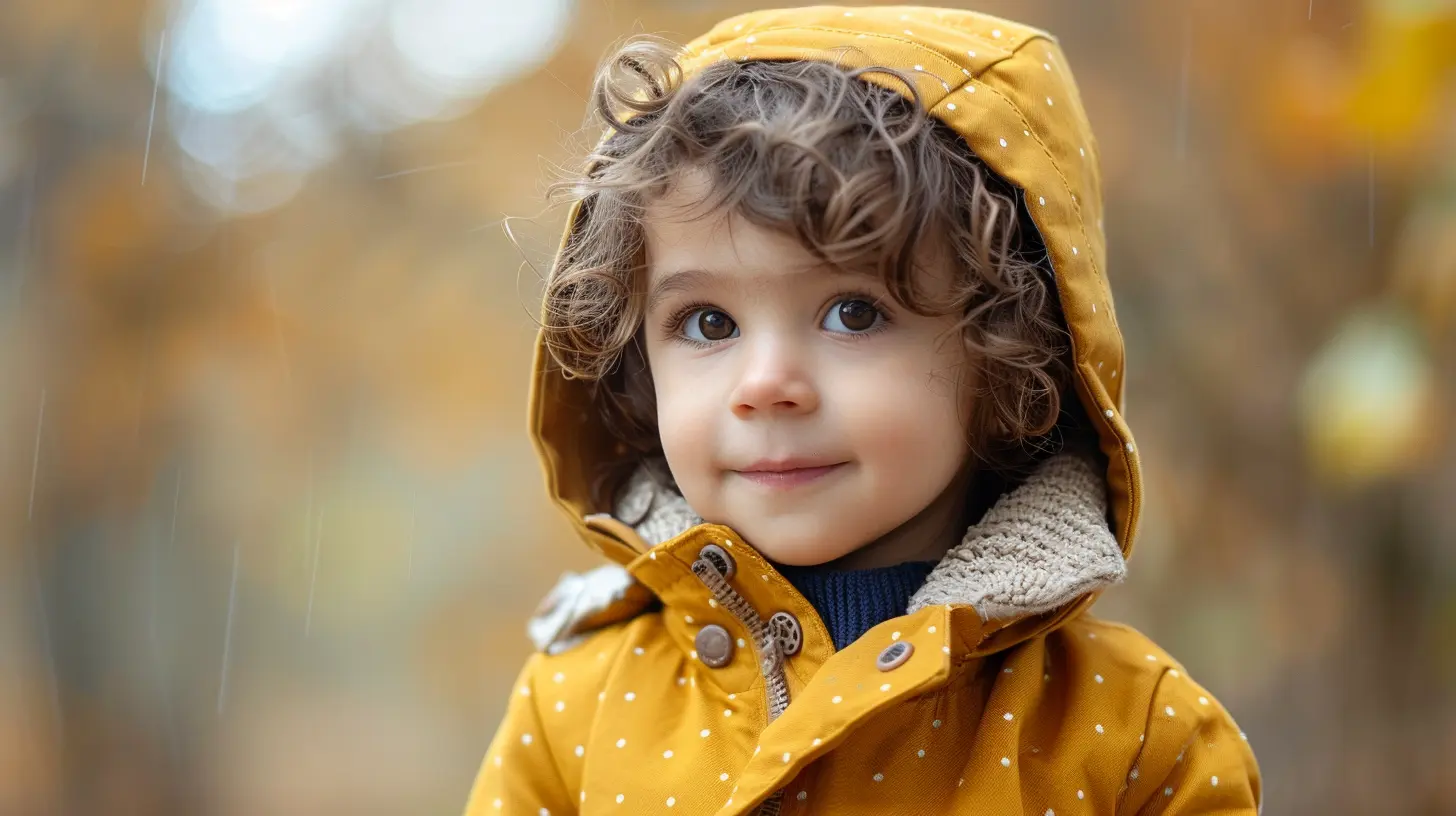
Activities That Boost Social Skills
1. Group Playdates
Yes, managing a room full of toddlers can feel like herding cats. But the benefits? Totally worth it.- What They Learn: Sharing, turn-taking, and collaboration.
- Pro Tip: Keep the activities simple—bubbles, a sandbox, or even dancing to music. Kids this age don’t need anything fancy to have fun together.
2. Storytime Together
Reading is a quiet, cozy activity, but it’s also a social one. When you read with your toddler, you’re modeling communication and connecting emotionally.- What They Learn: Active listening, understanding emotions, and expanding their vocabulary.
- Interactive Idea: Ask questions like, “What do you think happens next?” or “How do you think the bunny feels?” It gets them engaged and talking.
3. Playing Catch or Rolling a Ball
You might not realize it, but a simple game of rolling or tossing a ball back and forth is huge for social development.- What They Learn: Cooperation, patience, and turn-taking.
- Make It Engaging: Use a ball with textures, lights, or sounds to keep their attention (and giggles) going strong.
4. Musical Fun
Toddlers LOVE music. Whether it’s singing, dancing, or banging on pots and pans, musical play is a fantastic way to connect.- What They Learn: Self-expression, teamwork (if they’re playing with others), and rhythm.
- Don’t Overthink It: You don’t need a kid-sized drum set. Everyday items like spoons and mixing bowls work just fine. 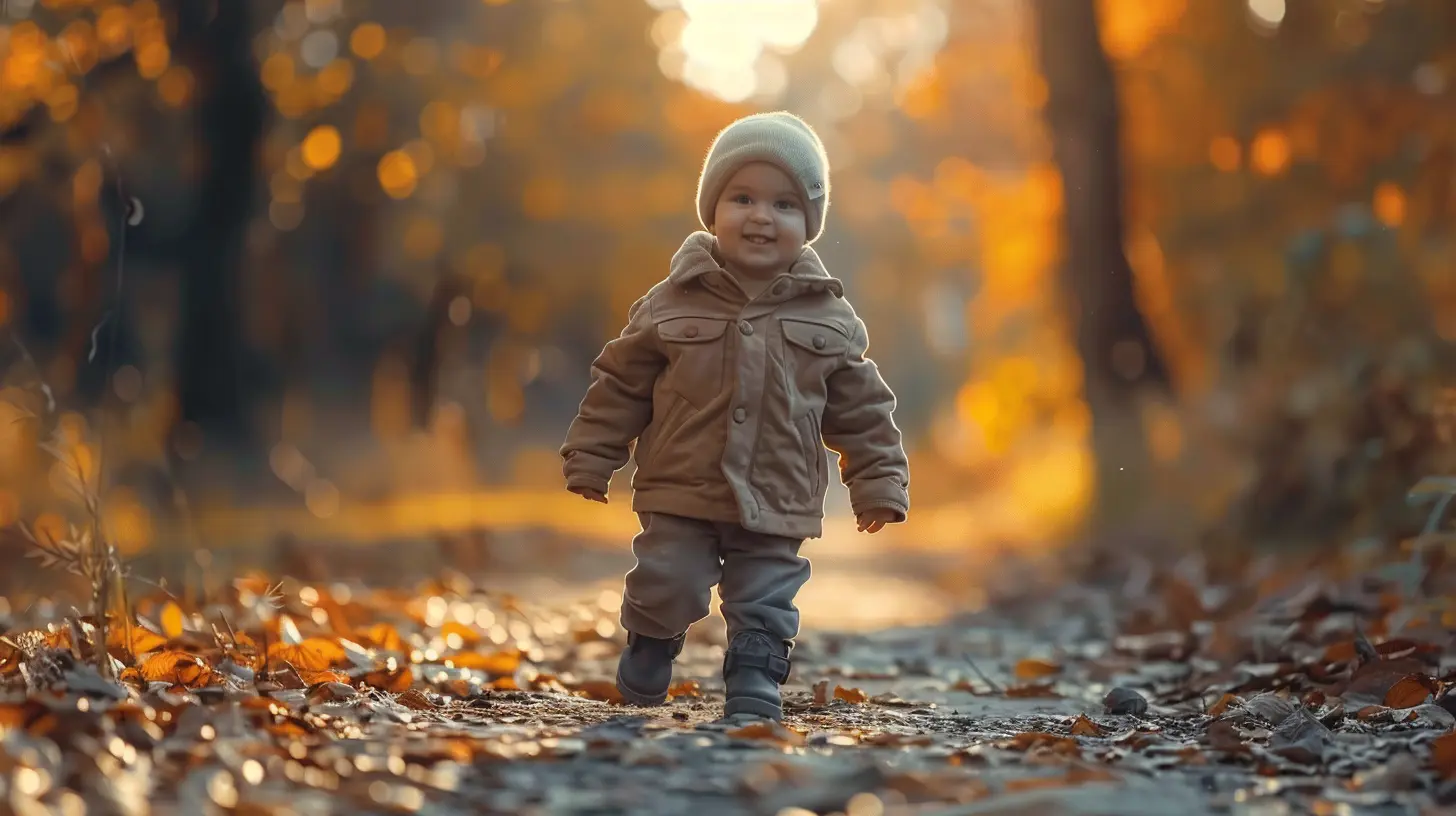
Combining Cognitive and Social Skills
Some activities double-dip in the developmental department, giving your toddler a boost in both areas. Win-win, right?1. Sensory Bins
Fill a plastic container with rice, pasta, or water beads and toss in small toys, spoons, or containers. Let your toddler explore.- Cognitive Benefits: Fine motor skills, problem-solving, and learning textures.
- Social Benefits: If they play with a friend or sibling, they practice sharing and communicating.
2. Building Together
Whether it’s Legos, Magna-Tiles, or plain old wooden blocks, building together can be a team effort.- Cognitive Benefits: Planning, spatial awareness, and creativity.
- Social Benefits: Collaboration and verbalizing ideas.
3. Cooking "Together"
Toddlers love “helping” in the kitchen. Sure, it might take twice as long, but the developmental perks make it worthwhile.- Cognitive Benefits: Following instructions, counting, and learning new words.
- Social Benefits: Teamwork and conversations about what you’re doing.
Tips to Make Playtime Even More Effective
- Be Present: I get it—you’re busy! But even 10–15 minutes of focused playtime can make a huge difference. Put the phone down and dive into their world.- Follow Their Lead: Sometimes, your toddler’s version of playing with blocks might involve tossing them across the room. Go with it (safely, of course)!
- Mix It Up: Variety keeps it exciting. Alternate between active play (like dancing) and quiet play (like puzzles).
- Praise Effort, Not Just Results: When your toddler tries to build a tower but it topples, celebrate the attempt. "Wow, you worked so hard on that!" Encouraging persistence is key.
- Keep It Age-Appropriate: Don’t stress about making them “learn” too much at once. Let them play at their own pace.
Wrapping It Up
At the end of the day, playtime isn’t just about keeping your toddler entertained—it’s about helping them grow. These little everyday moments of stacking blocks, dressing up, or giggling over bubbles are laying the foundation for who they’ll become.And let’s be real—toddlers have a way of making even the simplest activities feel magical. So next time you’re on the floor playing with your little one, remember this: you’re not just playing. You’re building a bright, curious, and socially savvy kid. Now, how cool is that?
all images in this post were generated using AI tools
Category:
Parenting ToddlersAuthor:

Austin Wilcox
Discussion
rate this article
2 comments
Calaris McNeal
Engaging toddlers in purposeful play is essential for their brain development and social skills. Simple activities like building blocks or imaginative role-play can significantly enhance cognitive growth and nurture connections with peers. Let’s prioritize playtime—it’s not just fun; it’s foundational for their lifelong learning journey!
June 22, 2025 at 4:56 AM

Austin Wilcox
Absolutely! Engaging in purposeful play is crucial for toddlers' development, fostering both cognitive skills and social connections. Prioritizing playtime lays the groundwork for their lifelong learning.
Roman McGarvey
Great ideas! These activities will truly enrich our toddlers' growth and development!
June 20, 2025 at 4:18 PM

Austin Wilcox
Thank you! I'm glad you found the ideas valuable for supporting toddler development!

